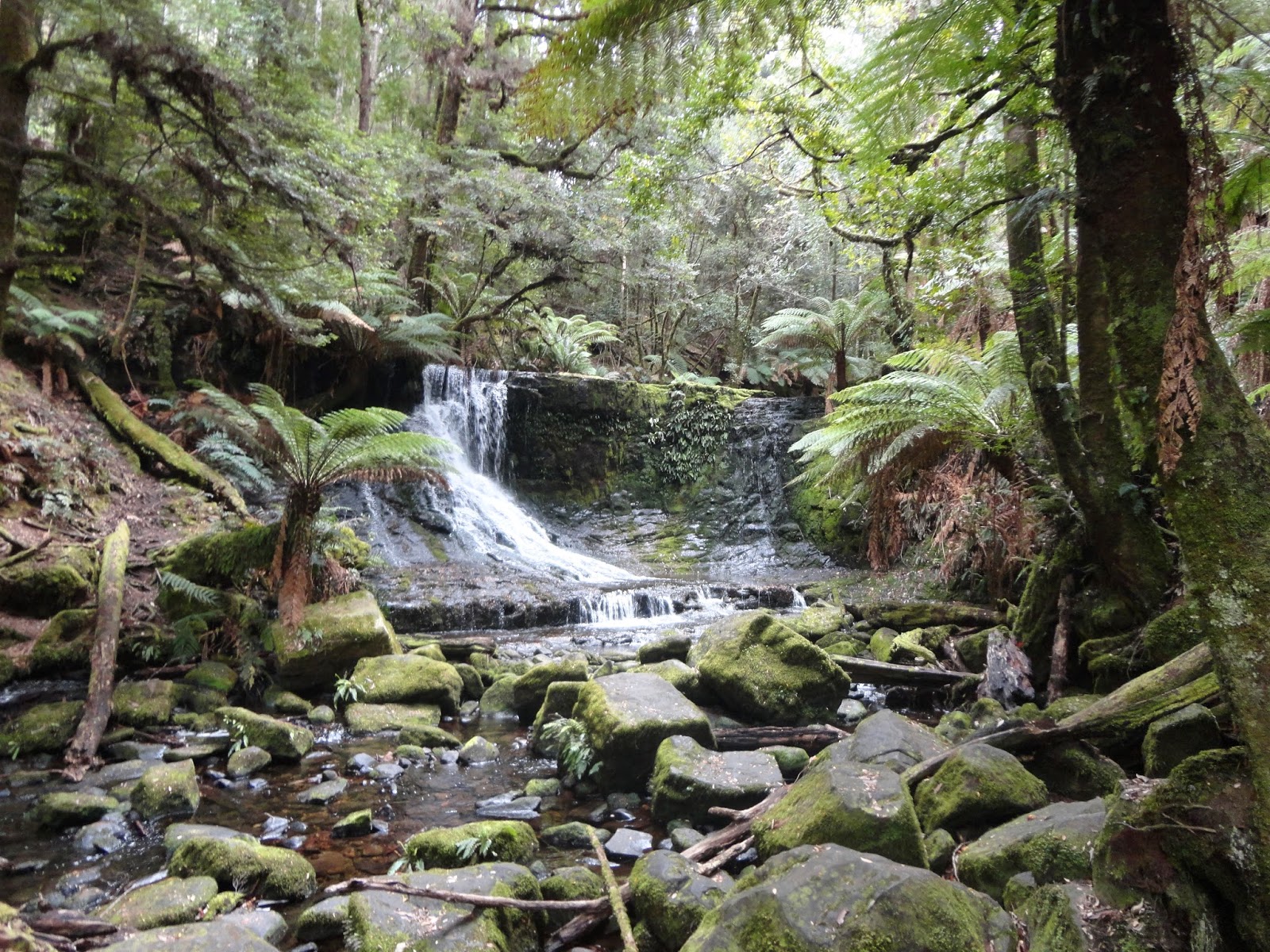“What would you like to do tomorrow?”
“How about a hike?” I suggest.
This is how I came to be traipsing round
Salamanca market on Saturday looking at clothes and jewelry with Mags and Karen,
Malcolm having wisely dropped us off and headed back home. We’re moving at
snail’s pace and I’m walking as slowly as I can, but after a few minutes I
glance around they’re stuck in another stall. Eventually, I pace up and down
doing laps of the market; at least I get a walk of sorts. Eventually, we head
off to a bar on the square behind the market to celebrate Mags’ two cute new
tops.
We’ve arrived coincidentally for the start
of the Sexpo exhibition in Hobart town centre. While sipping our drinks we watch
as a man in a pink top hat and matching codpiece, and not much else, walks into
a local café and comes out with several Devonshire cream teas. We later see him
sharing these at the side if the exhibition with some men in leathers and
beards.
Next day, the other three take pity on me
and we head to Mt. Field national park.
We have a really enjoyable walk through a
beautiful emerald forest full of never ending trees and giant ferns, the
stream’s promise always nearby. We see a couple of Pademelon. No, not an exotic
Irish fruit, but a small marsupial.

Next we head on up further where the temperature drops 8C but we’re still bathed in warming sunshine. A magical short walk around a small lake with gum trees with trunks of swirling reds and grays, and alpine bushes all fruiting with small berries in red, pink, black, white and tangerine.
One of the great things about Tasmania, and
there are many, is that it is one of the few places left in the world where you
can really get away from everyone else. The great South Western wilderness is
one such area, and the part we chose to explore was Hartz national park. An
alpine region above the tree line leading to magnificent views along the Huon
valley.
The walk is on a well maintained boardwalk that protects the delicate
flora underfoot. There’s a myriad of plants here interspersed with crystal
clear tarns and small lakes where crayfish burrows are glimpsed in the banks,
all fringed by stony hills and peaks. A fragile moss here grows slowly in the
cold climate, made up of thousands of tiny intricate plants meshed together for
survival.
On the way back, we stopped at an apple museum (It wasn’t a long stop), and sampled some cider.
We drove out to the Tasman peninsula, south
east of Hobart. Another scenic drive through country peppered with blow holes,
worn sandstone cliffs and tessellated pavements. Our destination Port Arthur, a
convict settlement and Tasmania’s most popular tourist destination. This is a
large site built up during the nineteenth century with several buildings still
standing and carefully restored such as the commandant’s cottage. The most
prominent building is the penitentiary used for lodging convicts, the ones
deemed the worst offenders in cells at the bottom. The settlement started
modestly as a logging operation to replenish the timber stocks in the UK
depleted from the Napoleonic wars, but soon expanded. The penitentiary started
life as a mill, build over the creek. Unfortunately, the water flow was
insufficient to drive the mill and convicts were used, like hamsters, to tread
the wheels. This was dangerous work and resulted in several casualties.
 We hopped aboard a ferry to ‘dead man’s
island’ or ‘Ilse de mort’. This is where all the dead from the settlement were
buried. The fist reverend of the town declared that convicts should not have
headstones, so around 900 to 1500 bodies are here in unmarked graves. It was
also used for free settlers, soldiers and their families, and later cnvicts who
did erect gravestones. Our tour was conducted by a very entertaining Canadian
chap of Scots descent who brought the place alive (no pun intended) with
stories of a selection of the departed; how they come to be in the settlement,
their ‘crimes’ life and eventual death. Needless to say, there were a few
characters who ended up there. Back at the main settlement, we mooched around
for a few hours wandering around the buildings including the ruined hospital
and a cottage that housed some Irish nationalists and English Chartists;
interesting to see that most of the Chartists’ demands have since been passed
into law.
We hopped aboard a ferry to ‘dead man’s
island’ or ‘Ilse de mort’. This is where all the dead from the settlement were
buried. The fist reverend of the town declared that convicts should not have
headstones, so around 900 to 1500 bodies are here in unmarked graves. It was
also used for free settlers, soldiers and their families, and later cnvicts who
did erect gravestones. Our tour was conducted by a very entertaining Canadian
chap of Scots descent who brought the place alive (no pun intended) with
stories of a selection of the departed; how they come to be in the settlement,
their ‘crimes’ life and eventual death. Needless to say, there were a few
characters who ended up there. Back at the main settlement, we mooched around
for a few hours wandering around the buildings including the ruined hospital
and a cottage that housed some Irish nationalists and English Chartists;
interesting to see that most of the Chartists’ demands have since been passed
into law.
There was a feature in the local news about
underwater hockey while we were here. People are actually trying to move a puck
around a swimming pool floor while holding their breath. Apparently, Tasmania
is a world leader.








No comments:
Post a Comment